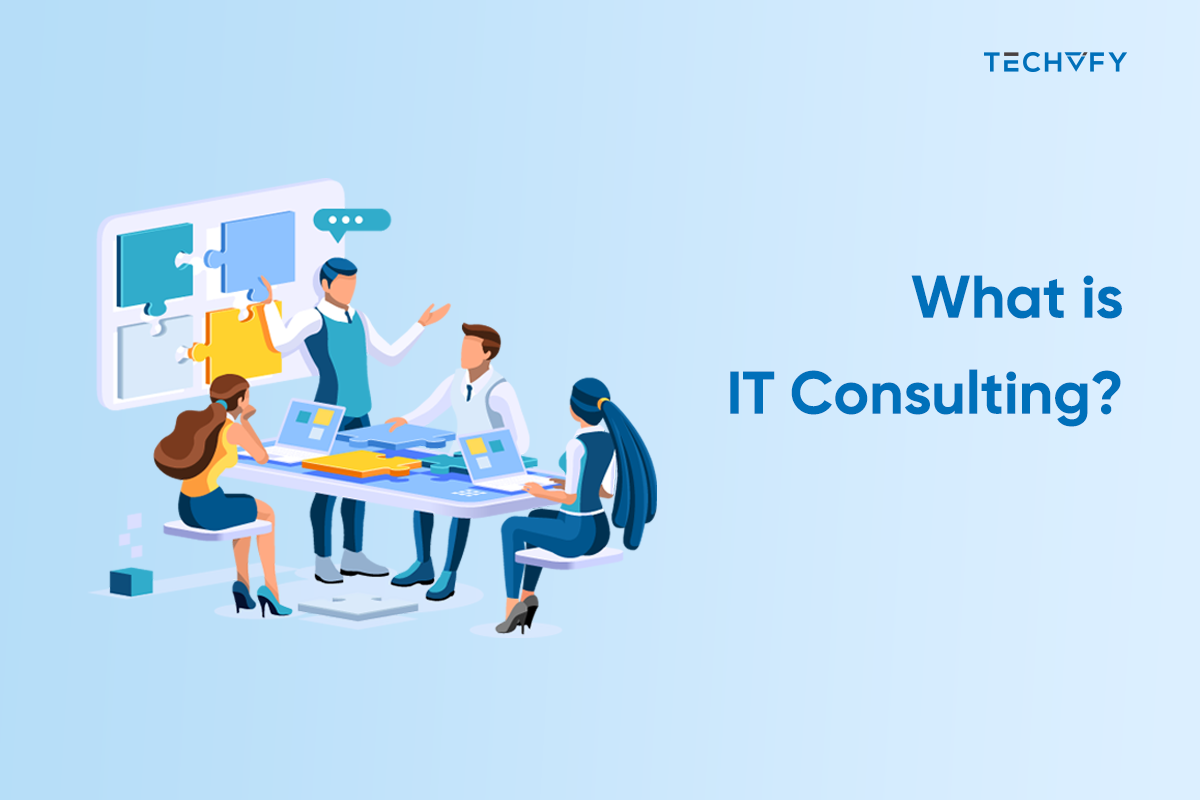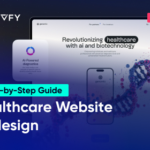Discover AIoT: The Combination for the Future
- Potter Le
- 0 Comments
The rapid convergence of artificial intelligence (AI) and the Internet of Things (IoT) has recently triggered significant interest in the Artificial Intelligence of Things (AIoT).
This article provides a comprehensive overview of AIoT fundamentals. It will explore how advancing technology fuels the creation of innovative applications, software, sensors, and systems.
What is AIoT?
AIoT meaning: AIoT, or Artificial Intelligence of Things, is the convergence of Artificial Intelligence (AI) and the Internet of Things (IoT), uniting IoT’s network connectivity with AI’s data analysis intelligence. It is characterized by the strategic embedding of AI into IoT systems.
- Artificial Intelligence (AI) focuses on creating smart systems that mimic human intelligence. It aims to equip computers with the capabilities to perform perception, reasoning, and understanding tasks. These capabilities are pivotal for developing intelligent systems across various sectors, enhancing efficiency, and innovating products and services.
- The Internet of Things (IoT) involves interconnected devices or objects that gather and share data in real time using embedded software or sensors. IoT’s implementation leads to significant automation across numerous tasks in different industries, generating a vast amount of data through sensors or user inputs.
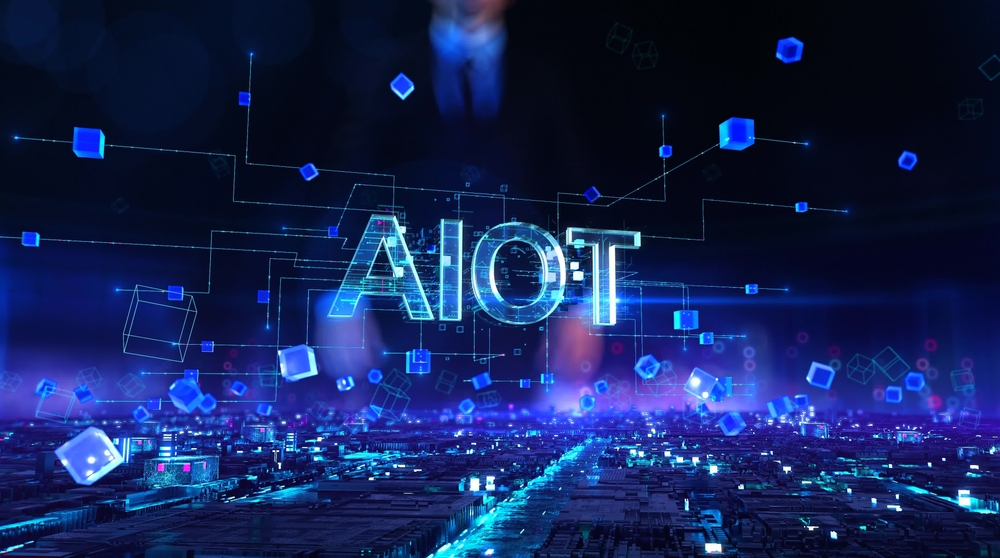
The fusion of AI and IoT (AIoT) emphasizes utilizing AI to analyze and process data produced by IoT devices. This blend enhances IoT systems with machine learning from AI, marrying AI’s analytical strength with IoT’s data collection and connectivity. Thus, AIoT elevates the capabilities of IoT systems from merely collecting and transmitting data to intelligently understanding and interpreting it.
More IoT-related articles:
Learn More On:
Benefits Of Combining AI With IoT
Enhances Efficiency Through AIoT
AIoT drives businesses to peak operational efficiency. Machines powered by AIoT analyze data, identify patterns using machine learning, and offer rapid insights for operations. This enhances problem detection and repair and automates manual tasks, allowing for improved services with fewer employees. Examples include automated vision-based quality inspections, camera-assisted quality control in industrial processes, and compliance monitoring for safety gear like masks and helmets.
Facilitates Real-Time System Monitoring
System monitoring in real-time prevents time loss and costly disruptions. It ensures continuous system checks to identify irregularities and make predictions or decisions autonomously, enabling quicker, unbiased outcomes. Industrial AIoT usage, such as remote leakage detection in the Oil and Gas sector, exemplifies this.
Lowers Operational Expenses
AIoT devices significantly cut operational costs by fostering smart systems that enhance resource use. Smart buildings adjust lighting and temperature based on occupancy, and smart factories use AIoT for predictive maintenance and machine condition monitoring, reducing failures and associated costs.
Advances Risk Management
Risk management benefits from the predictive capabilities of distributed, intelligent systems, which forecast and mitigate potential risks. This includes monitoring water levels, employee safety, and crowd movements in public areas. AIoT helps organizations anticipate and manage future risks, with applications extending into insurance risk management for machinery and factories.
Looking for an AI & IoT Development Company?
TECHVIFY is the best option for you. Book a free consultation for an accurate time and cost estimation for your project.
AIoT Applications
AIoT combines AI with IoT, creating scalable, efficient intelligent systems that merge software with hardware. This enables the creation and management of large deep-learning systems. AIoT is increasingly being adopted across various industries such as logistics, agriculture, healthcare, manufacturing, oil and gas, retail, and services. In Industrial IoT (IIoT), AI enhances smart sensing, machine vision, and predictive maintenance. We will discuss popular AIoT applications next.
Autonomous Vehicles
Self-driving cars navigate without human help, relying on AIoT. Tesla vehicles demonstrate how AI and IoT can revolutionize the auto industry. They use sensors, gadgets, and cameras to ensure safety in autonomous driving. These vehicles’ computers process data from multiple sources in real-time for accurate driving decisions, showcasing Edge AI, where distributed computing over the Cloud processes data on-device without offloading.
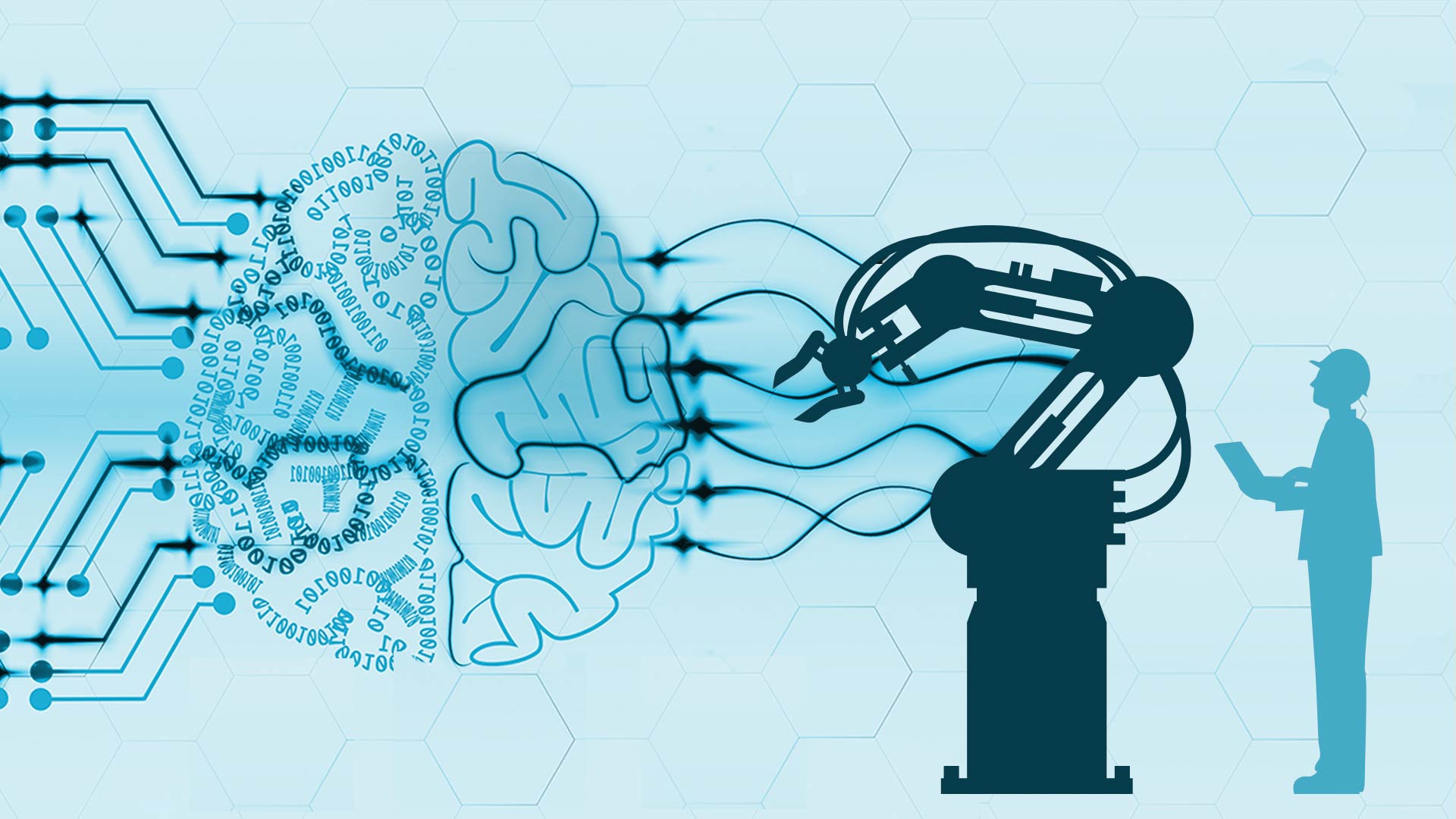
Video Surveillance
Integrating AI and IoT enhances video surveillance, making it more intelligent. Traditional VMS require humans to monitor numerous feeds, relying on subjective decision-making, limited focus, and variable response speeds. AIoT merges machine learning with camera feeds for immediate data analysis, object detection, person recognition, and event identification.
Retail, notably with Walmart using image recognition at checkouts to prevent theft, often employs Smart Video Surveillance. Other uses include detecting weapons or breaches with virtual barriers.
Monitoring Traffic
AIoT sensors and devices are extensively used for real-time traffic monitoring in Smart Cities. These AI technologies encompass smart drones for congestion assessment and crowd analysis. In transport, AIoT systems with computer vision detect accidents, traffic breaches halted vehicles, and additional issues.
Manufacturing And Production
AIoT systems have gained popularity within the IIoT, the Industrial Internet of Things. In manufacturing settings, these intelligent systems are utilized for real-time equipment monitoring and identifying defective components. Advanced deep learning techniques are overtaking traditional quality control methods using machine vision. Deep neural networks are trained to pinpoint defects instantly and analyze footage from cost-effective cameras equipped with AI models.
Smart Buildings
Leverage IoT sensors and cameras for applications such as real-time room occupancy detection, enhancing employee safety and security.
Challenges with AIoT
AIoT Complexity and Industry Synergy
The first major challenge with AIoT is its inherent complexity. This technology is part of a comprehensive system that involves a wide array of equipment, a complex supply chain, and diverse service models. For AIoT to function smoothly and efficiently, high levels of speed, volume, and stability in operations are needed. Additionally, creating synergy among various industries is crucial to overcome this complexity.
Geopolitical Tensions and Technological Innovation
Geopolitical tensions, particularly the trade war between China and the United States, pose another significant challenge. These tensions disrupt technological collaboration and innovation in 5G, AI, and IoT sectors, emphasizing that technical issues and international strategic relations influence the development of AIoT.
Technological Balancing Act
On the technological front, 5G is still seeking an equilibrium between speed, volume, reliability, and energy consumption. Achieving high performance in one aspect often requires sacrifices in others, creating a delicate balancing act that must be navigated to advance AIoT technologies.
Deployment and Application Challenges
The deployment of AIoT technologies faces several obstacles, including the costs associated with building 5G infrastructure, the absence of unified standards in AI and IoT, and the limitations imposed by the scale of the industry. These issues complicate the application of AIoT solutions and slow their widespread adoption.
What’s Next with AIoT Future?
We see AIoT becoming more embedded in our daily activities and business processes.
5G Enhancing IoT Capabilities
The rollout of 5G networks is poised to transform the Internet of Things (IoT) by providing ultra-low latency and faster data transfers. This advancement will improve IoT device functionality, enabling immediate data analysis and responses, which are crucial for uses like autonomous driving and remote medical procedures. Integrating IoT with 5G will also transform mobile phones into tools for business operations.
The Rise of Edge Computing
Edge computing, which processes data near its source, like IoT devices, will become more significant. It speeds up real-time data processing by reducing the latency that might happen as data is transmitted to a central site for analysis.
Blockchain for IoT Security
Blockchain’s integration into IoT will increase data security by creating unalterable records and smoothing interactions across various network nodes.
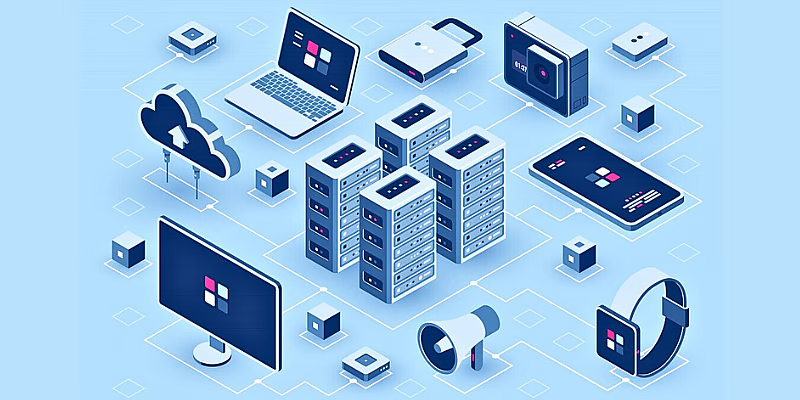
Voice Integration in IoT Devices
We expect to see more IoT devices with voice-based interfaces. Powered by AI, these interfaces will offer users simpler interaction methods through virtual assistants, allowing for customization and immediate feedback.
Digital Twins in Industry
Adopting digital twins, digital replicas of physical systems will expand manufacturing, logistics, and urban development. They enable the simulation of real-world conditions, hypothesis testing, and the prediction of potential issues.
Healthcare Innovations Through IoT
Expanding the Internet of Medical Things (IoMT) and concepts like virtual hospital rooms will transform patient care, focusing on remote monitoring and telemedicine.
Ethical and Regulatory Attention in AIoT
With AIoT’s growth, ethical, privacy, and regulatory issues will become more pressing. Ensuring transparency and fairness and obtaining user consent will be crucial.
Conclusion
The AIoT merger marks a pivotal shift, streamlining operations, cutting costs, and refining risk management. Its broad applications signal a future of enhanced efficiency and safety across industries. Achieving AIoT’s full potential demands specific expertise, provided by TECHVIFY.
Our top-tier AI and IoT services ensure businesses lead this tech development journey, crafting solutions that meet unique needs and leveraging AI for deep data insights. Unlock AIoT’s opportunities with TECHVIFY’s IoT services. Reach out to see how we can transform your business operations and lead the way in innovation.
TECHVIFY – Global AI & Software Solutions Company
For MVPs and Market Leaders: TECHVIFY prioritizes results, not just deliverables. Reduce time to market & see ROI early with high-performing Teams & Software Solutions.
- Email: [email protected]
- Phone: (+84)24.77762.666




